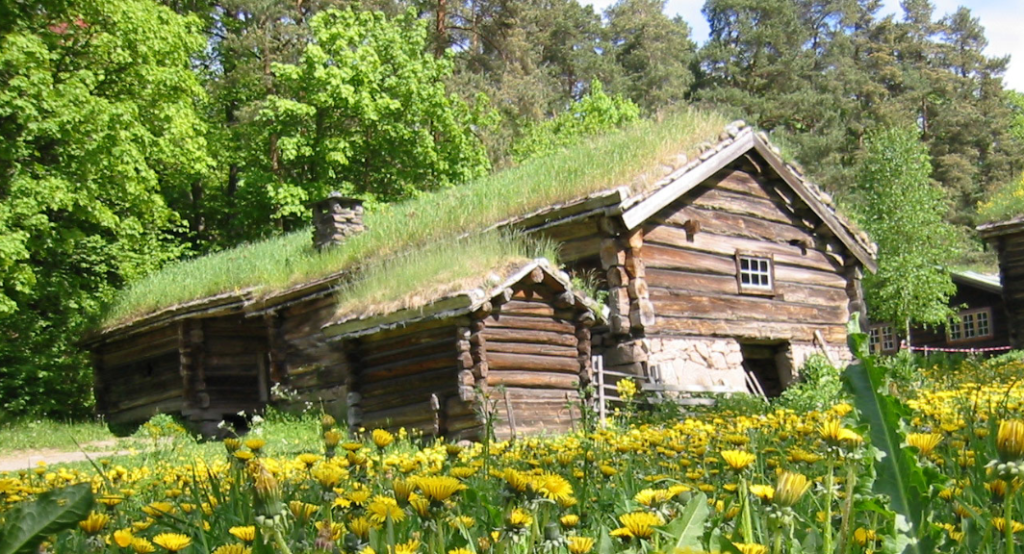Understanding the Importance of Preservation
Historic log homes represent an essential piece of our architectural heritage. They’re not just structures but stories of the past, offering insights into old building techniques and lifestyle aesthetics. Preservation is often seen as a form of stewardship, ensuring these cultural artifacts survive for future generations. Besides aesthetic and historical value, well-maintained log homes are usually robust against time’s toll, provided they receive adequate care. Organizations like Log Masters Restorations play a significant role in helping preserve these iconic structures through their specialized services.
Regular Maintenance Practices
Consistent maintenance is the cornerstone of preserving any log home. Homeowners should schedule regular inspections to catch early signs of wear or damage. Cleaning the logs to remove dirt or organic material like moss can prevent decay. Sealing and staining are also crucial tasks that protect logs from moisture intrusion, which can lead to rot and other issues. Seasonal maintenance helps handle the effects of weather changes, such as increased humidity in spring or sun exposure in summer. Besides visual inspections, consider tech-driven maintenance tools like infrared cameras to detect moisture build-up invisible to the naked eye.
Common Issues and Solutions
Log homes face specific challenges, particularly wood rot, insect infestations, and moisture issues. Treating logs with borates is a standard preventive measure against wood-boring insects. To mitigate wood rot, ensure proper sealing techniques and regular resealing every few years as needed. Moisture management can significantly improve by altering or installing drainage systems that keep water away from the home’s foundation and logs. Adding protective overhangs or eaves can also reduce direct water exposure to the wood. Addressing these issues promptly and efficiently doesn’t just prolong the life of the house, as it preserves its heritage.
Choosing the Right Restoration Materials
Material selection is vital for authentic restoration. The goal is to match the original materials as closely as possible, prioritizing eco-friendly yet historically appropriate ones. Beyond the type of wood, consider the treatments. Opt for stains and sealants that don’t compromise the log’s breathability, which is paramount for longevity. Modern innovations often allow for traditional materials enhanced with advanced durability features. Using improper materials can unintentionally harm the structure’s integrity or aesthetics, so making informed choices is critical for successful restorations.
The Role of Weather and Climate
Climate plays a massive role in maintaining a log home. Whether a house is in a damp, cool forest or a hot, arid desert, the climate can drastically impact the necessary maintenance measures. In regions with high humidity, homeowners might need to focus more on mold and mildew prevention. Conversely, sunny locations may require treatments that protect against UV degradation. Understanding the influence of the regional climate helps tailor maintenance to preventative measures best suited for local conditions.
When to Consider Professional Restoration Services
While DIY efforts can be satisfying, some projects require a professional’s touch. Experts are best able to handle complex issues like severe structural repair, extensive pest damage, or aesthetic restorations that require historical accuracy. Professionals equipped with specialized tools ensure that all repairs and restorations meet the exacting standards for historic preservation. This can also be a cost-effective choice long-term, preventing improper maintenance that could lead to further damage. Identifying when to seek professional services can be as crucial as the repairs themselves for maintaining the home’s integrity and value.

